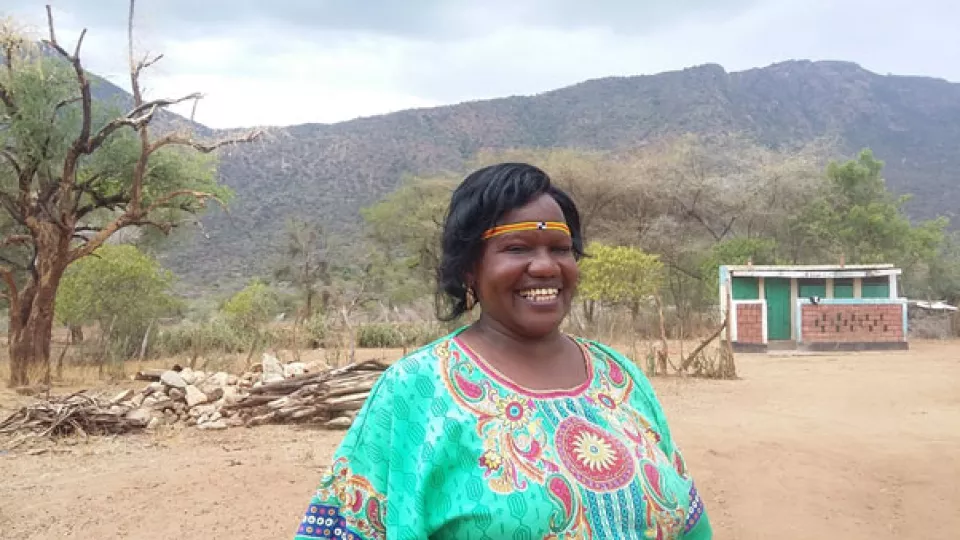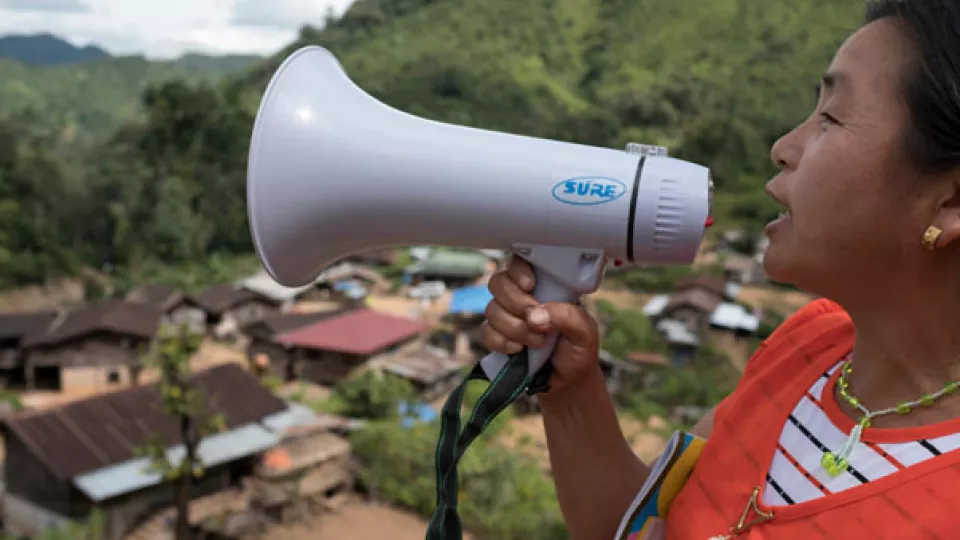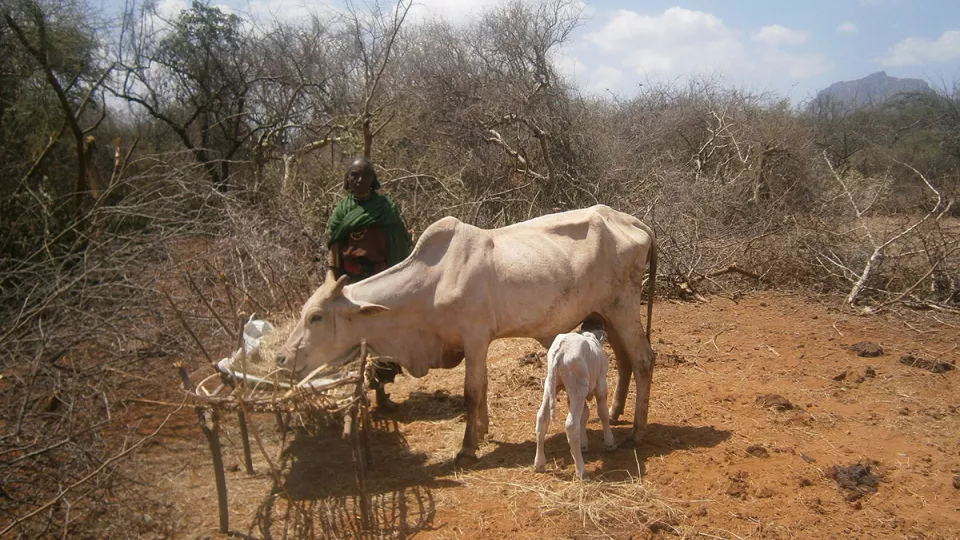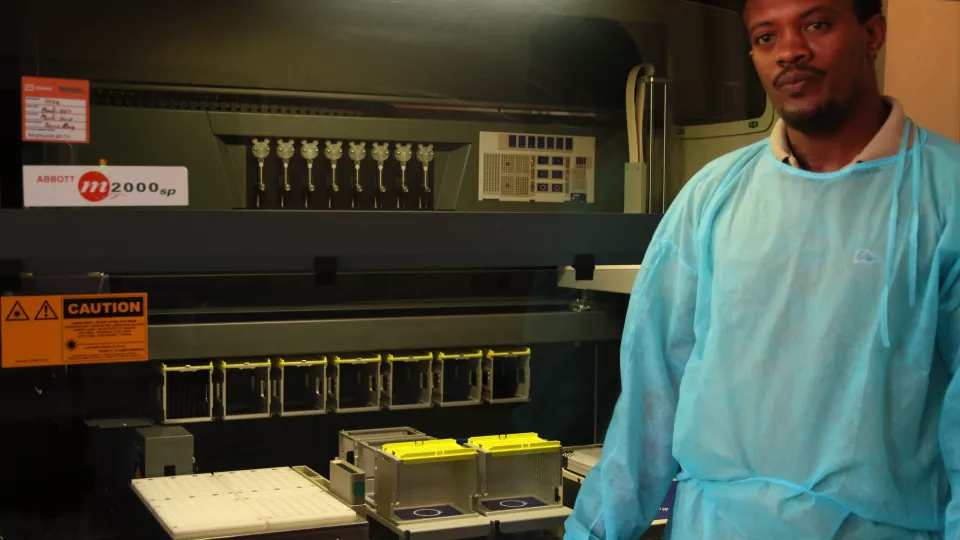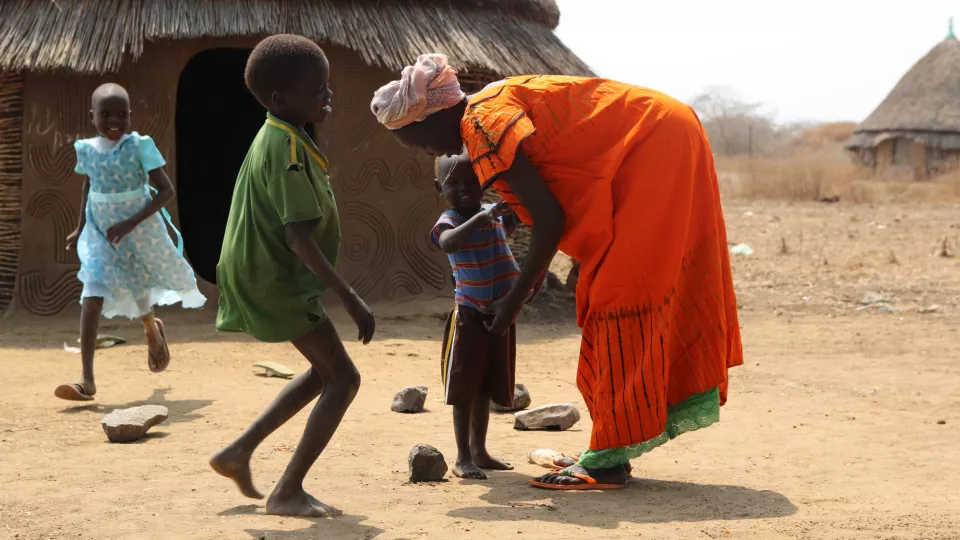Women's Leadership in Disaster Preparedness
This research is an output of the Learning Project of the Disasters and Emergencies Preparedness Programme (DEPP). The DEPP was a 4-year programme funded by the Department of International Development and co-led by the Start and CDAC Networks. It was comprised of 14 projects implemented in 10 countries, each led by a consortium of international and local humanitarian agencies, and aimed to improve the quality and speed of response in countries at risk of natural disasters or conflict related emergencies. The programme included initiatives to address gender in emergencies and capacity building for women as humanitarians. This report aims to build on existing literature by examining women’s leadership and influence within humanitarian preparedness in DEPP and other similar programmes. More information can be found on the DEPP learning platform.

